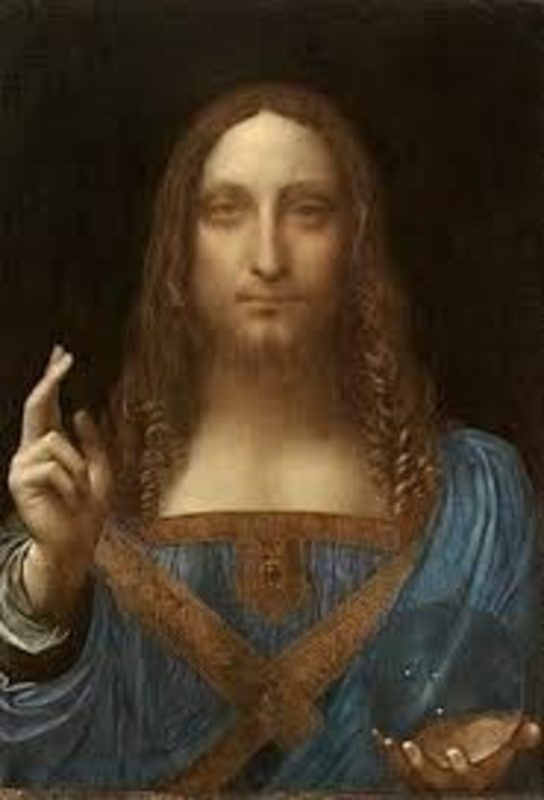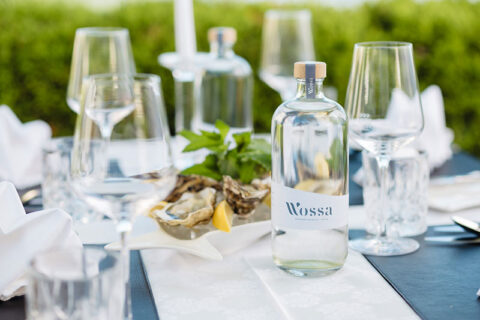Acadèmie des Beaux-Arts de Ville de Paris Explains Why It’s a Truly Exciting Time in the World of Art
With the recent sale of the Da Vinci painting SALVATOR MUNDI for more than 450 million U.S. Dollars, other rare pieces seem to be popping out of the woodwork, according to Acadèmie des Beaux-Arts de Ville de Paris.
A relatively unknown second version of Van Gogh’s STARRY NIGHTS, unseen for decades, is expected to be put on the market by a syndicate from The Netherlands. The work is done in oil, and reputedly measures about 2 feet by 3 feet.
Rumor also has it that the famed Wildenstein family may be preparing to release some hither-to-for unknown renaissance masters, which have remained secreted in their vaults for many years. One can only guess at what, by who, will emerge from this famed collection.
In August of 2016, the Academy was asked to evaluate what is believed to be the oldest known representation of Siddhartha Gautama, more commonly known as The Buddha. This piece is a small, extremely primitive bronze stele, made by a process of wood-sand-gravel casting. The owning collector stated that he would possibly be interested in selling this piece. The Academy approached Dr. Martin Roth, of The Victoria and Albert Museum, for an opinion, and he said: “Possibly the rarest artifact in the world of Buddhism. An ethnographic and artistic masterpiece.”

Now to the crux of the matter. The western paintings should have been or will be, fairly easy to appraise. The Buddha stele should be subject to the same market forces; however, there is a HUGE cultural bias against “un-western” art. This has been noticeable for decades, and few have said anything about it. Both works are religious subjects. The stele is much older and at least as rare and unique. There are doubts it will bring even a tenth as much as the Da Vinci.
Paintings by the Chinese master Shen Zhou, of the same era as the Da Vinci, rarely sell for more than $500,000 U.S. Dollars. Nothing involving intelligence or reason here. Just plain cultural bias.
A Canadian collector, a Caucasian of a somewhat eclectic nature, is planning to sell an album of paintings by Zhao Meng Fu. He is also planning to sell an aquarelle version of The Robber of the Sparrow’s Nest, original oil by Jean-Antoine Watteau, painted by his student, Nicolas Lancret. His comment:
“Although paintings by Zhao are every bit as good, they will bring far less than those by Lancret. Cultural Bias, Racism, call it what you will, that is the only reason for the difference. It is questionable how much this bias is fostered by the major auction houses.”
Such beliefs and practices are under attack in almost every area, but one rarely hears a peep out of the art market.











